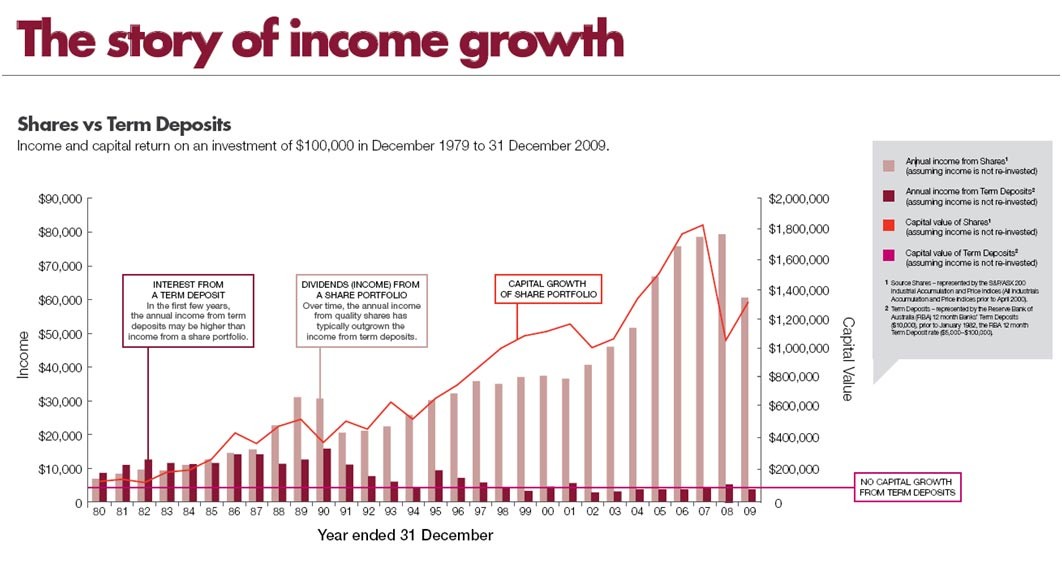Geelong Financial Planning
Post on: 12 Июль, 2015 No Comment

Poor managed-fund performances and high charges and fees (irrespective of that performance) are contributory factors which have encouraged unprecedented numbers of Australian investors to take the Self-Managed Super Fund route. To date, more than 700,000 SMSFs have been formed with a total of $600 billion, and this number is growing faster than the whole industry. However, despite these statistics, the majority of SMSF investors are running the risk of underperforming even those poorly performing funds they have worked so hard to avoid. These investors are committing the cardinal sin: purchasing an SMSF and then simply doing nothing within it.
In our report The SMSF Revolution: Why it might not be right for you (part of a free six part series of reports youll get when you book your Retirement Strategy Session through the form on the right ), we explore the reasons why so many investors are failing to realise the potential benefits of their SMSF. This article looks at just a few of these.
The investment market can be confusing
The deciphering of information is essential to successful investing. This not only requires knowledge, but also experience of how different situations will affect markets under different circumstances. Aussie Dollar weakness, Eurozone debt, governmental deficits, etc. are all factors which can (and do) lead to a mesmerising array of conflicting views.
More than any other factor, it is this confusion which causes most investors to keep high levels of cash in their SMSF. A 2011 survey by the Australian Tax Office showed the average cash balance in SMSFs was nearly 30%. It was also found that more than a third of SMSF investors hold more than 50% in cash.
Fear of the unknown
Most of these high cash balances were blamed on the global financial crisis, with investors saying they were motivated by the ‘guaranteed returns’ and ‘low risk’ status offered by cash deposits. Yet, despite the reality that nest eggs kept in cash will lose spending power over the long term and hence only guarantee longer term negative returns, most SMSF investors cite control of their destiny as the main reason for setting up an SMSF. Many also said that the fees and charges of more traditional super funds had influenced them in their decision.
Lack of time
Getting the best returns from an SMSF requires the investor to do something with their cash. If investing in stock markets, government bonds, and commodities, investment decisions have to be taken. This means absorbing and deciphering all available information, processing it, and then trading in the markets. This not only requires the knowledge and experience previously mentioned, but is also time consuming. And time is something that most people are short of. So SMSF investors tend to take the passive route of remaining in cash or investing in property.
Can SMSF investing be simplified?
Some SMSF investors believe that investing in an ETF (exchange traded fund) removes the need for knowledge, experience, and time to make winning investment decision. An Index ETF is designed to replicate the performance of the index on which it is based. They offer diversification, ease of investment, and lower fees than managed funds. However, a sizeable stock market correction last year has, at least in part, been attributed to selling of ETFs as professional traders sought to hedge their positions. In short, ETFs can be as volatile as any other stock market instrument.

Benefits vs reality
Investing in an SMSF can produce some spectacular returns. So can investing in the best managed super funds. Here are a few truths not often explained to SMSF investors:
- Cash held over long periods loses its value
- Property investment may be considered as being secure in the long term, but there is no guarantee of superior returns
- A long term yield of 5% to 6% (around the figure most likely on a fund dominated by cash, government bonds, and fixed interest securities) will not produce the nest egg most retirees need, and is below the benchmarks for managed funds
Ultimately, the basic requirements of investing for retirement – protecting spending power and insuring against market volatility – can only be achieved by adopting an asset allocation model that takes into account age, risk profile, and lifestyle desires. This is the real control that an investor needs. And for this, the majority of investors need to seek appropriate advice.














